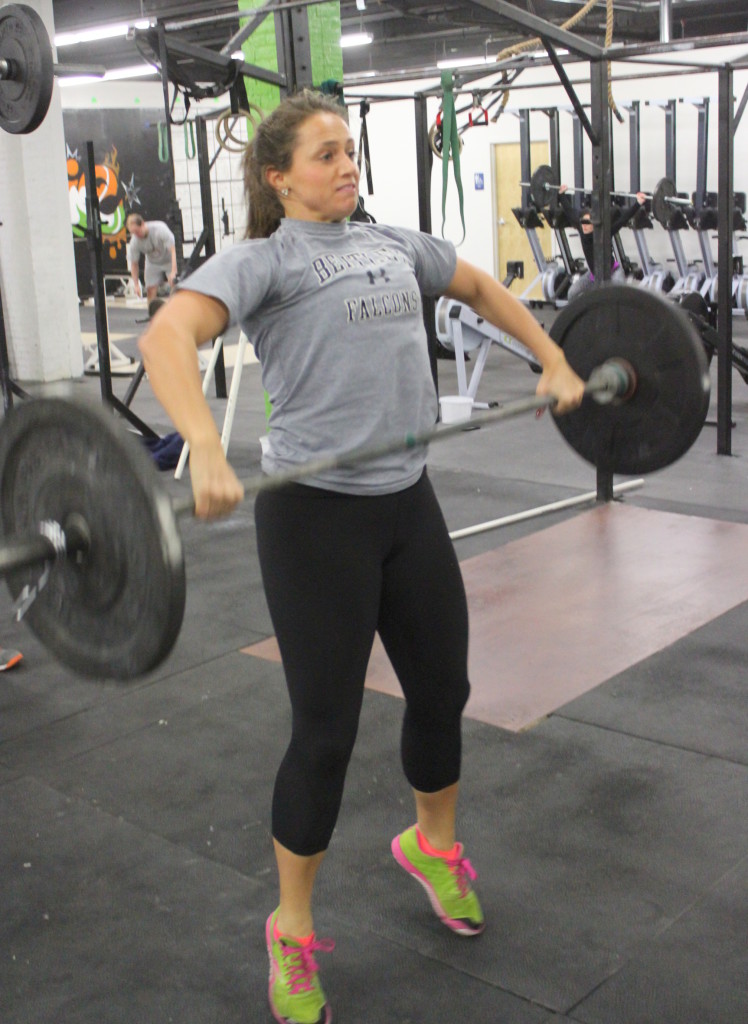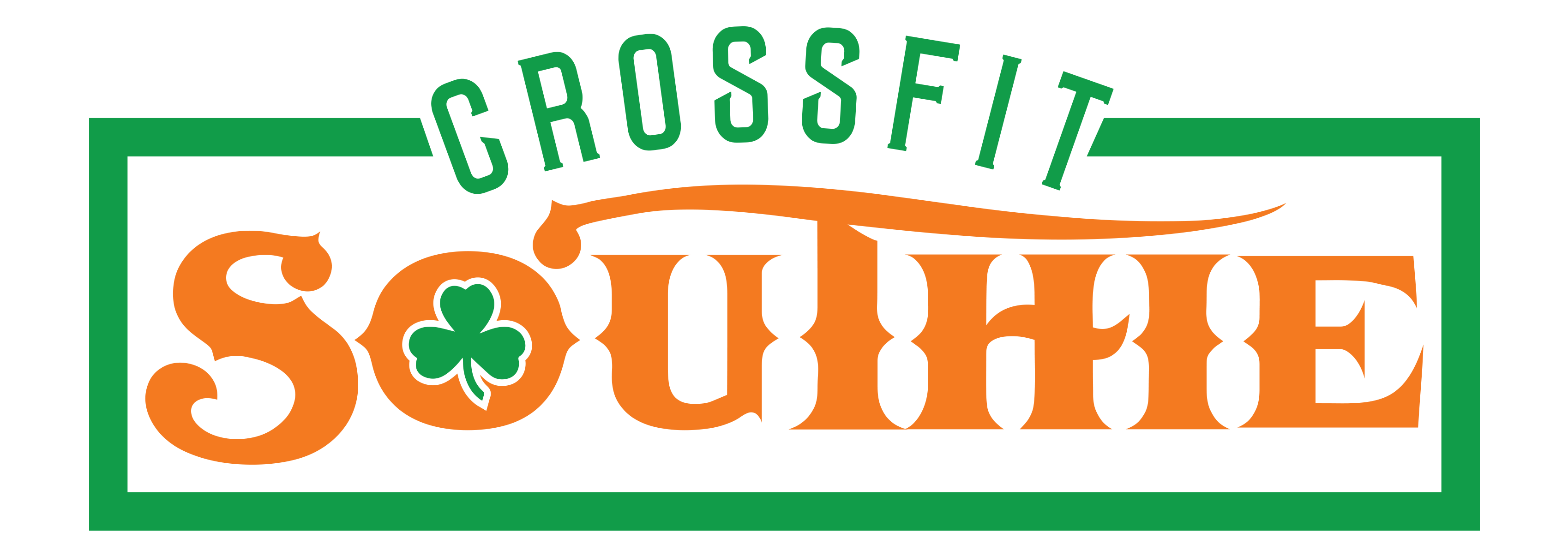
Reminder – Morning classes will be switching, starting today. The 530,6:30 and 7:30 will be held in Southie Green and the 6 and 7am will be held in Southie Orange going forward.
Your time elapsed is the first number shown here and dictates how long you have been rowing for. In this case the athlete has been on the rower for 1:18.
The split is the number in front of the /500m. Your split changes with every pull of the chain and is essentially your pace. Here you can see it see it is at 1:43. This means if you were to keep up your current pace you would finish 500m in 1:43. For longer distances you can do the math yourself. For 1000m this pace would take you 3:26, 2k would be 6:52 and so on and so on. On a longer row your split should be higher to allow you to maintain your pace. On a shorter row, you can push the pace a little bit resulting in a lower average split time.
The current distance traveled can be found on the screen in meters. It essentially lets you know how far you have gone during your piece. Here the athlete has traveled 353m.
The s/m (strokes per minute) is often overlooked but can be very important and will vary depending on the length of your row/workout. It can be found here in the upper right corner of the screen as 20. If you have ever witnessed someone rowing on the water you will notice that they perform long even strokes that take about one second on the way out, they then take their time to recover, about 2 seconds on the return, to ensure that the get the hardest most efficient pull possible. This typically translates to a s/m of 20-30 and puts a high demand on the legs. Maintaining this s/m will be of the utmost importance to maintain form, efficiency and to prevent the athlete from gassing out prematurely in longer rows/workouts. In sprint workouts, less than 500m, you may find that you can complete the task before the anaerobic/aerobic pain sets in. As a result, during these sprints the s/m may venture higher than the 30 standard. The higher you go on the strokes per minute, the less efficient your pull becomes, the less you use your legs and the more likely you are to lose your breath before your legs get tired.
The force curve changes with each stroke and displays two important concepts:
1. When you are providing power to the chain during your stroke.
2. How much total power you are providing over the course of the stroke.
The stroke pictured above would be ideal. The force curve is a left-leaning parabola without any abrupt spikes. It displays an early drive from the hips and hamstrings with distributed power throughout the stroke. If your curve looks like a tee-pee or a graph of ups and downs in the stock market, your pull is not consistent and could use some work to improve efficiency. Remember, efficiency is cool.. it means less work. Make sure you are getting tight, driving with your legs and pulling evenly throughout instead of just yanking on the chain.
Secondly, the total area under the curve is going to demonstrate the power you applied over the course of a stroke, which is going to determine the distance traveled and calories of work. A long, high-arching parabola, with lots of area underneath it, is ideal and will mean more distance and more calories. A low-lying curve would mean less power and not as much distance traveled.
Use these tools to work on the efficiency of your pull. In the next segment, we will discuss using power 5’s and power 10’s to get through the agony of longer lower intervals and set some new PRs!
Skill
Rowing Technique
Screen showing Half Circle
WOD
5 Rounds
500m Row
9 Power Cleans (155,105)
6 Front Squats
3 Push-Jerks
Rest 2 minutes
Level 3- (135,95)
Level 2- (115,75)
Level 1- (95,65)- 4 Rounds
